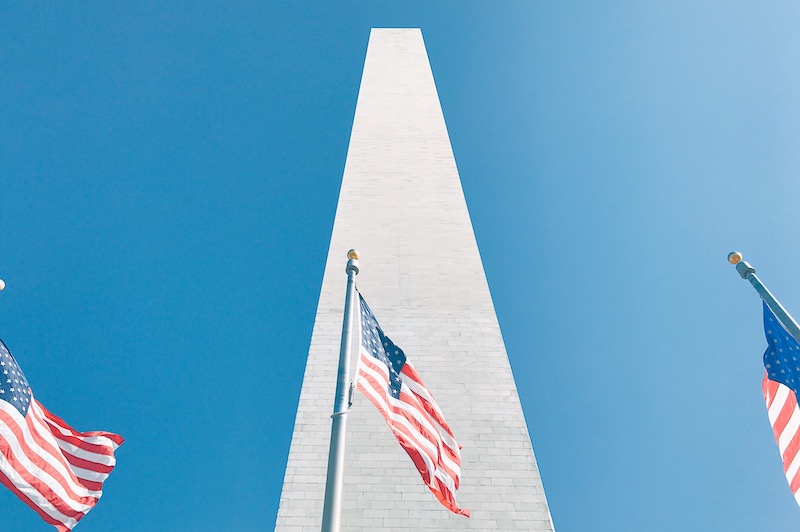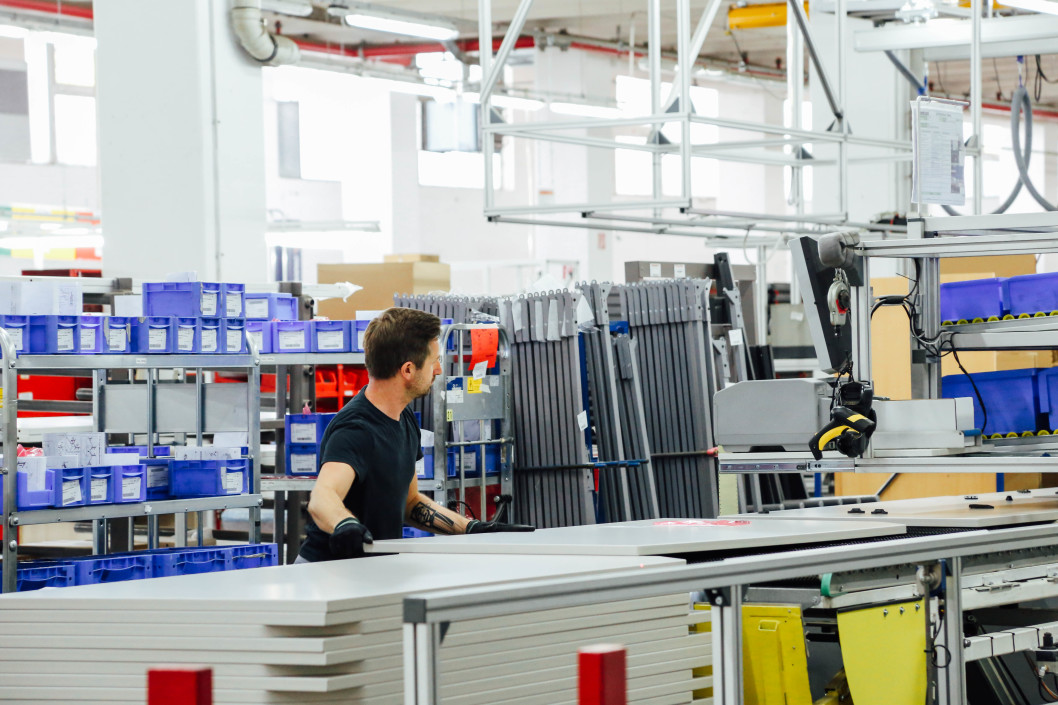On May 27, 1829 the chemist and mineralogist James Smithson died at the age of sixty-three. With no natural heir, Smithson’s will stated that his fortune would pass on to his nephew Henry Hungerford. Six years later, Hungerford also died childless, thus activating a clause in Smithson’s will that stated that the United States would be the final heir, charged with creating an educational institution with the money known as the Smithsonian Institution. Born in France, Smithson was a naturalized British citizen and had never traveled to the U.S.
In 1846, President James K. Polk signed an act, which officially created the Smithsonian Institution. Now over 150 years later, the Smithsonian Institution is the largest museum and research complex in the world housing over 137 million items. If you viewed each object in the Smithsonian for one minute, 24 hours a day, seven days a week, in ten years, you’d have only seen 10 percent of the entire collection. The sheer size of the collection makes it impossible to see the whole thing—much less appreciate it. Into the void comes the museum curator, who is responsible for displaying artifacts and crafting a logical and compelling narrative linking the objects together. An important ingredient in the curator’s job is to limit choice. This may seem counterintuitive given how our culture seems to subscribe to the mantra that “more choice is better.” Is more choice actually better?
Choice in Supermarkets
According to the Food Marketing Institute, the number of products the average supermarket carries has increased over 400 percent, from 8,948 in 1975 to almost 47,000 in 2008. Campbell’s offers 74 different types of condensed soup. Procter & Gamble has 25 versions of Head & Shoulders shampoo. General Mills makes 11 different varieties of Cheerios. Do we really need all those options? Industry insider, Paul Weitzel, notes that almost 75 percent of the products on store shelves sell less than one unit per week. If that’s the case then why do companies continue to offer these seemingly superfluous options?
The Long Tail
The answer is something known as the long tail. In his book of the same name, Chris Anderson notes that the average Barnes & Noble Superstore contains 100,000 titles. In contrast, Amazon.com offers 27MM books and generates a full 25 percent of its book revenues from the sale of books that are less popular than the top 100,000. While obscure titles may only sell once a month or even less, the combined sales of these titles equals a large number. Clearly offering more choice to consumers with increasingly unique tastes can make business sense, but how does this impact customers?
Overchoice
Psycho-economist Sheena Iyengar has found that when you give people a choice with 10 or more options, they make poorer decisions. Interestingly, more choice is initially attractive, but quickly can become overwhelming. In one study highlighted in the paper, “When Choice is Demotivating: Can One Desire Too Much of a Good Thing?” Iyengar and her colleagues arrange two jam sample stations in a grocery store (at separate times). The first sample station includes 24 options while the second only includes 6. With the larger selection, 60 percent of passersby stop while only 40 percent of shoppers stop with the six options. Both groups of people sample a comparable number of jams, but the real difference occurs with purchasing decisions. Only 3 percent of shoppers at the larger selection station end up purchasing compared to 30 percent at the smaller selection station.
[pq]Too much choice can be debilitating.[/pq]
In the same paper, Iyengar and her colleagues write about another study in which they ask participants to select a chocolate from either 30 or 6 possible options. The participants selecting from fewer options remarked being more satisfied with their decision while those selecting from more options were less satisfied and more frustrated.
The Importance of Curation
I believe that as options continue to grow, we will see an upsurge in the need for curation. Many people will increasingly rely on informed individuals and software that will help them to make good decisions. The shrewdest businesses will recognize that too much choice can be debilitating for customers and as such will help to simplify the decision making process, thereby enhancing the overall customer experience.
The article was originally posted at Joel Montgomery’s blog.



